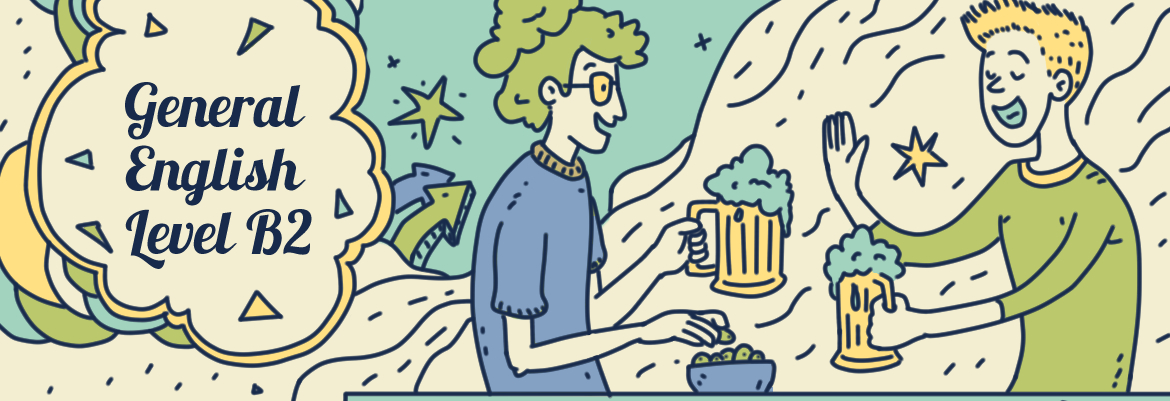Relative clauses en inglés
Hoy vamos a aprender a usar una estructura que aparece por todas partes en inglés: las relative clauses. Sirven para añadir información sobre una persona, cosa, lugar o momento… sin necesidad de empezar otra frase.
Mira este ejemplo:
I met a girl. She works at Microsoft.→ I met a girl who works at Microsoft.
Acabamos de conectar dos frases con una sola estructura: una cláusula de relativo. Vamos a ver paso a paso cómo se forma, qué pronombres usar y qué diferencias hay entre los tipos de relative clauses.
¿Qué son las relative clauses?
Son frases que añaden información sobre un sustantivo ya mencionado. Se introducen con pronombres relativos como:
who / whom / whose (personas)
which (cosas o animales)
that (personas o cosas, más informal)
where, when, why (lugares, tiempo, razón)
Pronombres relativos más comunes
1. Who / That → personas (como sujeto)
The woman who lives next door is a doctor.
The man that called you is my cousin.
No puedes omitir who/that cuando es el sujeto de la cláusula.
2. Which / That → cosas o animales
The book which you lent me was amazing.
The car that broke down is mine.
También aquí which/that no se puede omitir si es el sujeto de la cláusula.
3. Whose → posesión
The boy whose bike was stolen is crying.
That's the woman whose car was damaged.
Se puede usar con personas, objetos o animales.
4. Whom → objeto de la cláusula (formal)
the man whom I met yesterday was kind.
Aunque es correcto, en el inglés cotidiano se suele usar who o directamente se omite: The man I met yesterday...
5. Omisión del pronombre relativo
Si el pronombre es el objeto, se puede omitir:
The woman (who) Peter is talking to is his aunt.
The book (that) I bought yesterday is great.
6. Preposición + pronombre relativo
Es más común poner la preposición al final:
The boat which the tobacco was transported in...
7. Cuando el pronombre se refiere a toda la oración
He lent me some money, which was very generous.
Aquí which no se refiere solo al dinero, sino al hecho completo.
Adverbios relativos: Where / When / Why
Where → lugares
The shop where I bought my shoes is closed.
The town (which) I grew up in is beautiful.
When → tiempo
I'll never forget the day when we met.
También se puede decir: The day (that) we met...
Why → razones (solo con reason)
The reason WHY I’m late is the traffic.
También: The reason (that) I’m late...
Tipos de relative clauses
1. Defining relative clauses
(Información esencial. Sin comas. Se puede usar “that”)
The boy who called you is my brother.
The film (that) I watched was amazing.
2. Non-defining relative clauses
(Información adicional. Entre comas. Nunca se usa “that”)
My brother, who lives in Canada, is visiting.
This book, which I bought yesterday, is excellent.
Recapitulamos: resumen visual
| Pronombre / Adverbio | Uso | Se puede omitir | Ejemplo |
|---|---|---|---|
| who / that | Personas (sujeto u objeto) | Sí (si es objeto) | The man who lives next door… |
| which / that | Cosas / animales | Sí (si es objeto) | The car which you bought… |
| whose | Posesión | No | The boy whose dog ran away… |
| whom | Personas (objeto, formal) | Sí | The man whom I saw… |
| where | Lugares | No | The place where I met her… |
| when | Tiempo | Sí | The day (when) we met… |
| why | Razones (con "reason") | Sí | The reason (why) I left… |


Comments are closed.